FOURTH & HOPE ADJUSTS TO COVID-19
Downtown shelter modifies programs to help homeless
Saturday, June 20, 2020
By Sarah Dowling of the Daily Democrat
When Yolo County’s shelter in place order came in March it challenged a particular group of people more than others — the homeless.
County staff worked to convert local motels into temporary housing for hundreds of homeless people, who if left on the streets were be more susceptible to the coronavirus.
Fourth & Hope, Woodland’s homeless shelter, has remained open to provide meals and other services to those in need. Executive Director Doug Zeck recently shared with The Democrat how the coronavirus pandemic has affected Fourth & Hope.
How has COVID-19 changed the daily operations of Fourth & Hope?
When the shelter in place order was made in March, the daily dinner was served in pre-packed, takeaway containers to clients and the general public outside and all were instructed to eat off the premises.
Clients who are staying at the shelter may now eat inside the dining hall after being screened at the front door. People in need of a meal, but not staying at the shelter must eat outside. Client screening includes temperature scans, health check, proper use of face covering, and handwashing or use of hand sanitizer. Social distancing has been implemented with 6-foot markers taped on the ground, floor, and benches.
To help reduce the risk of COVID-19 exposures, the volunteer program was suspended in March. With the shelter in place order lifted we plan to invite the volunteers back next month. At that time, all volunteers will be screened for temperature when they begin their shift.
Clients at Walter’s House Residential Treatment program have been sheltering in place for the last few months. New clients are isolated from others for 14 days. The outpatient program will be divided into two groups to help with social distancing.
Individuals who are sick or exhibiting symptoms of COVID-19 are reported to management and isolated from others. Good hygiene practices have been implemented along with the posting of signs throughout all programs. The Fourth & Hope team cleans and disinfects frequently touched surfaces multiple times a day with EPA-registered disinfectants.
What services are you continuing to provide despite coronavirus-related health restrictions? What programs have been placed on hold?
People who are experiencing homelessness have no home to go to so the shelter in place mandate is not an option, therefore, all our programs continue serving the needs of the people in our community.
Our dedicated team are essential workers – and have been true heroes.
Has the coronavirus pandemic necessitated any new types of programming for your clients?
Working closely with the county’s “Project Room Key” some of our clients who are 65 years and older, or those who have health concerns have moved from the emergency shelter to area motel rooms; meanwhile, school-age children have moved to motel rooms with Wi-Fi and a stable place for daily online learning – where classes have been moved. Families will be returning to the shelter soon.
Also, we have had to suspend our volunteer program upon county health recommendations. In normal times, volunteers cook and serve the evening meal daily. Our staff has stepped in to prepare, cook, and serve the meals.
What have been some of the main challenges faced by your staff during this time?
Social distancing is one of the main challenges. Our emergency shelter offers 48 bunk beds in a dorm-like setting for single women and men, and the dining hall floor for families.
We have implemented some slight changes in the direction each client will lay in their bed to maximize the distance between their faces.
Looking ahead, is there a plan in place to return to “normal?” If so, what does this plan look like?
Our volunteer program will start up again next month, with approval by the county health officer. We have so missed our volunteers who do so much for our organization. We will continue to do screening checks for new clients, and continue with case management to move emergency shelter clients into stable housing. We will remain nimble and responsive should we need to adapt again to how we provide our services, as required by the public health officer.
We are continuing to assess the increasing needs of those most vulnerable within our communities and are actively working with partners to increase capacity so to better serve those that would otherwise be without safe and successful options to get back on their feet.
Is there anything else you think our readers should know?
Despite coronavirus-related health restrictions, we continue to celebrate our program successes. Last year 297 people received emergency shelter services, and 45% moved into permanent housing (13% were children under 17 years of age); 302 people found permanent or transitional housing, including 48 children and youth, and 76 people completed the treatment program at Walter’s House. We also had good news recently – our treatment program is now formally Medi-Cal certified, which means that eligible client services can be funded by Medi-Cal.
Communities that care for one another thrive. We remain optimistic, and most of all, grateful for a caring community that continues to come together and show love and generosity at this time of unprecedented uncertainty.
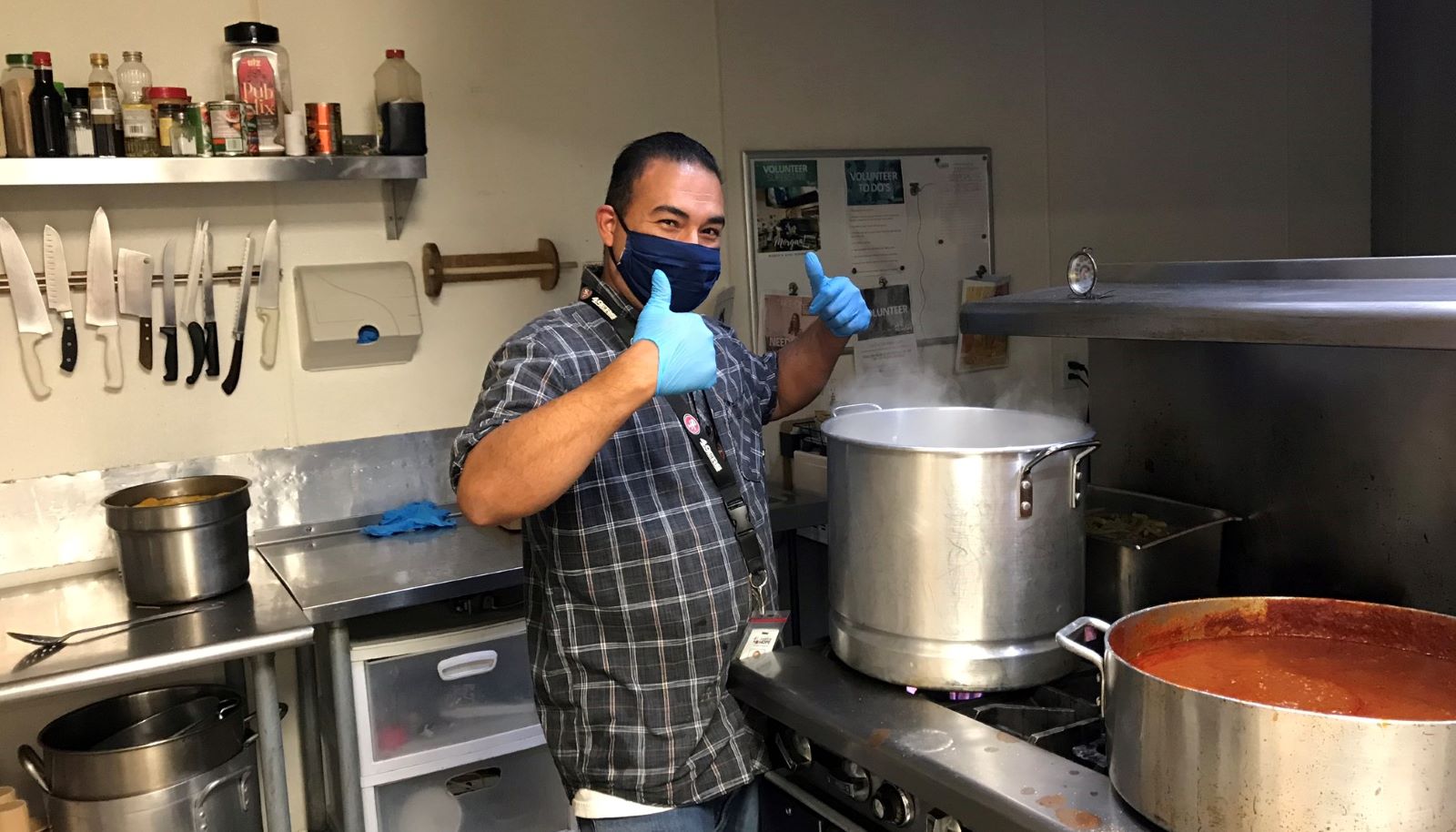
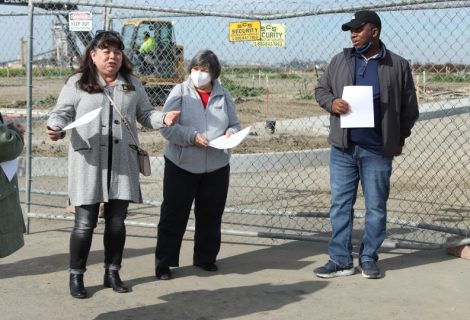

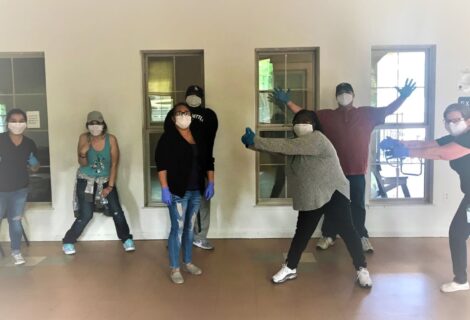



Recent Comments